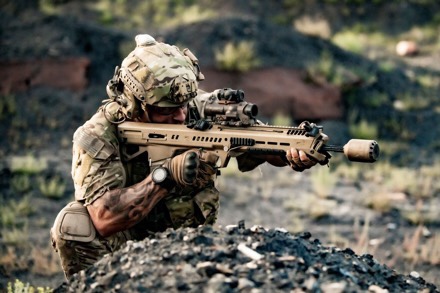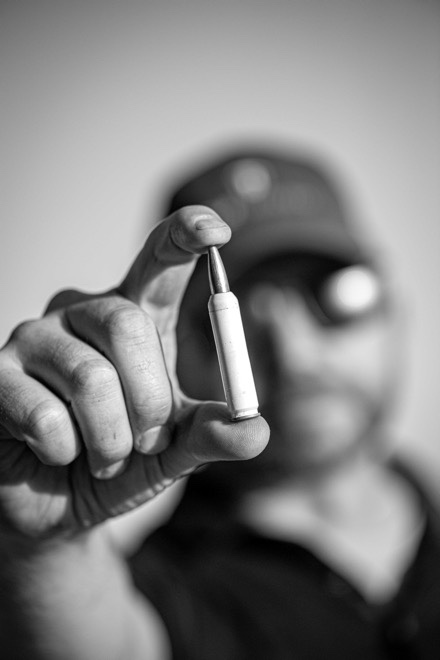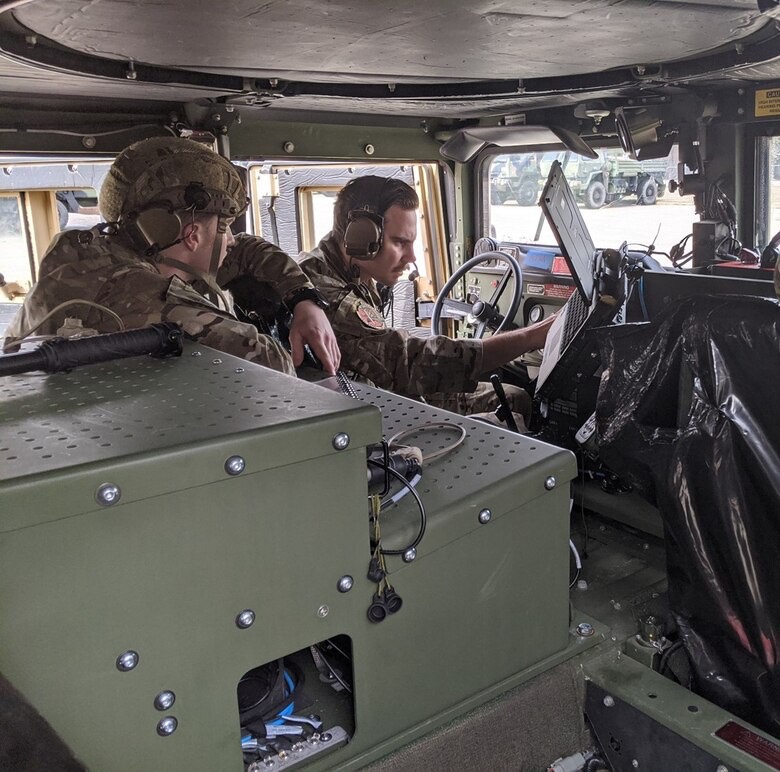The Navy has authorized new hairstyles for men and women in a just-released uniform policy and grooming standards update. Also announced are changes to wear rules for watches, prescription glasses and sunglasses while in uniform, medically prescribed head coverings and earrings for men in civvies and changes to name tape policies, just to name a few.
The Navy has authorized new hairstyles for men and women in a just-released uniform policy and grooming standards update. Also announced are changes to wear rules for watches, prescription glasses and sunglasses while in uniform, medically prescribed head coverings and earrings for men in civvies and changes to name tape policies, just to name a few.
The complete list of what’s new in uniform policy comes in NAVADMIN 183/21 released on Aug. 31. Effective date of changes vary pending the policy change, so please read NAVADMIN 183/21.
“Navy uniform policy updates are the result of Fleet feedback, uniform working group discussions, command sponsored requests and direction from Navy leadership,” wrote Vice Adm. John B. Nowell, Jr., chief of naval personnel, in the message.
“Navy uniform policy updates directly support Sailor 2025 objectives to attract and retain the very best Sailors by finding greater flexibility in our policies and practices, including uniforms.”
What all Sailors need to know is that if something isn’t spelled out in the uniform regulations, it’s not authorized, said Rob Carroll, head of uniform matters on the staff of the chief of naval personnel. This applies to everything from uniforms and grooming standards to rules on appropriate civilian attire.
“These changes are aligned with the efforts to eliminate inconsistency in the application of policy standards and provide clearer guidance that will facilitate compliance and enforcement,” Carroll added.
“Also, they will expand options for our Sailors in grooming standards while eliminating policies considered by most as outdated.”
Many of the changes came from Sailor feedback during uniform and grooming standards focus and working groups held in the fleet. According to Carroll, some came up during Task Force One Navy listening sessions held in 2020 and 21.
“We review commonly asked questions submitted by Sailors from around the fleet, we look at trends, and discuss policy considerations,” Carroll said. “TF1N did not drive the policy changes, but it can be noted that some of the changes align with the Navy’s Diversity, Equity and Inclusion initiatives.”
Here are some highlights of what’s new; consult the NAVADMIN for even more changes.
Hairstyles
Navy Uniform Regulations spell out how all Sailors can and cannot wear their hair, but periodically the Navy updates these rules as practices become mainstream.
“These changes recognize hairstyles that are now pretty standard in society and is also aligned with presenting a professional military appearance while in uniform,” Carroll said.
For men, this means officially sanctioned styles now include bald, flat tops, faded and high and tight hairstyles. All styles include allowing squared or rounded gradual tapers in the back of the head. Sideburns are authorized but cannot exceed the hair length of the haircut where the sideburns and side of the head intersect. Sideburns with bald hairstyles are not allowed.
For women, the rules now allow very short hair styles to include showing the scalp. This includes tapered back and sides of the head. Razor-cut bald styles are not authorized except when prescribed for treating medical conditions.
When wearing very short hairstyles, female Sailors are allowed one hard part that may be cut, shaved, clipped or naturally placed into the scalp. The hard part must be above the temple and no higher than the crown, where the side and top of the head meet. One hard part can be on either the right or left side of the head and must run straight “fore and aft,” the rules say. They can be no longer than four inches nor broader than one-eighth of an inch.
“This gives women more options for greater ease on hair care, especially while on deployment when longer styles can be tougher to maintain,” Carroll said. “Female Sailors have been asking for this flexibility.”
Earrings for Men
Earrings still can’t be worn by male Sailors in uniform but now are authorized while wearing civilian clothes in a leave or liberty status both on and off military installations or while using government transportation. Earrings are not allowed when performing official duties in civilian attire, the rules say.
Accented Names
For Sailors whose legal names contain accents, punctuation marks can now be used in name tags, name patches, or name tapes on Navy uniforms.
Higher Heels for Women
For female Sailors wanting a bit more lift in their high-heels, uniform pumps up to 3-inches in height are now authorized, up from the previously approved height of two and 5/8 inches. Carroll said this is now considered the standard heel height for females in civilian business attire. Sailors can wear commercially procured shoes if they also comply with all other rules for uniform shoes (color, design and fabric).
Sun and Prescription Eyeglass Options and rules
Prescription glasses and sunglasses frames worn in uniform must now conform to new rules.
Frame colors can only be silver, gray, black, navy blue, brown or gold. They can, however, be transparent or translucent. Sunglasses can also be green and sport small logos.
“There are just so many options available today for glasses and we needed to get some standardization of appearance in uniform,” Carroll said. “This change allows for a wide variety of options, ease of compliance and enforcement as well as maintaining a professional military appearance.”
Retainer straps can be worn only for foreign object debris prevention and safety. Only black straps are authorized and must be worn snugly against the head. When not in use, eyeglasses cannot be worn on top of the head or hanging around the neck.
More details and the rest of the uniform changes are available in NAVADMIN 183/21. More uniform information is available on the Navy Uniform Matters Website at www.mynavyhr.navy.mil/References/US-Navy-Uniforms.
From MC1 Mark D. Faram, Chief of Naval Personnel Public Affairs


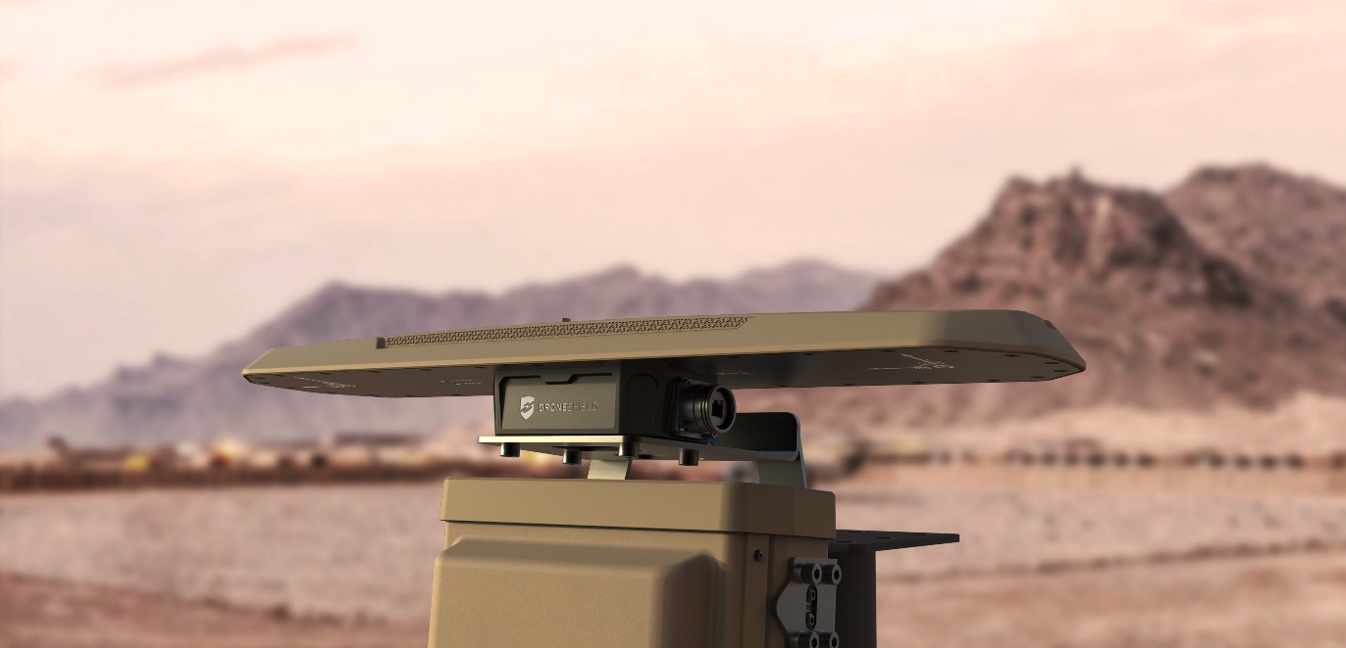





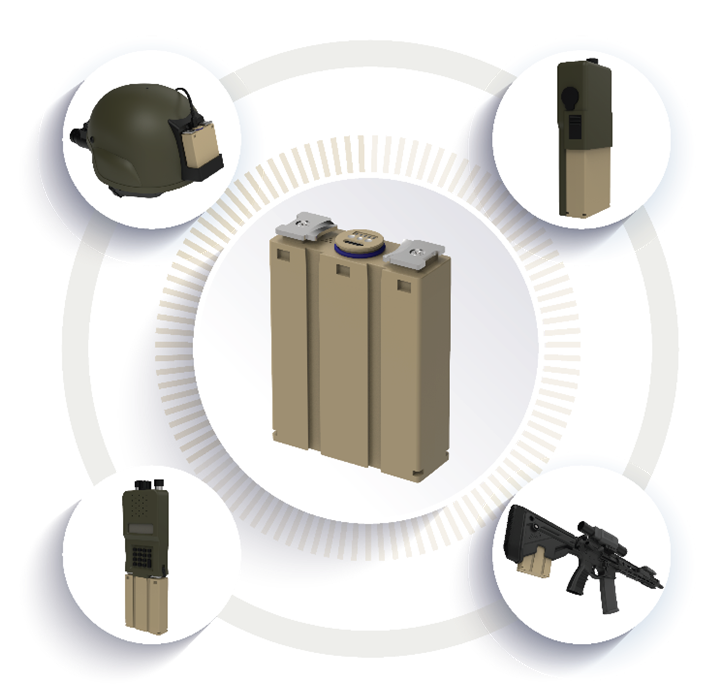
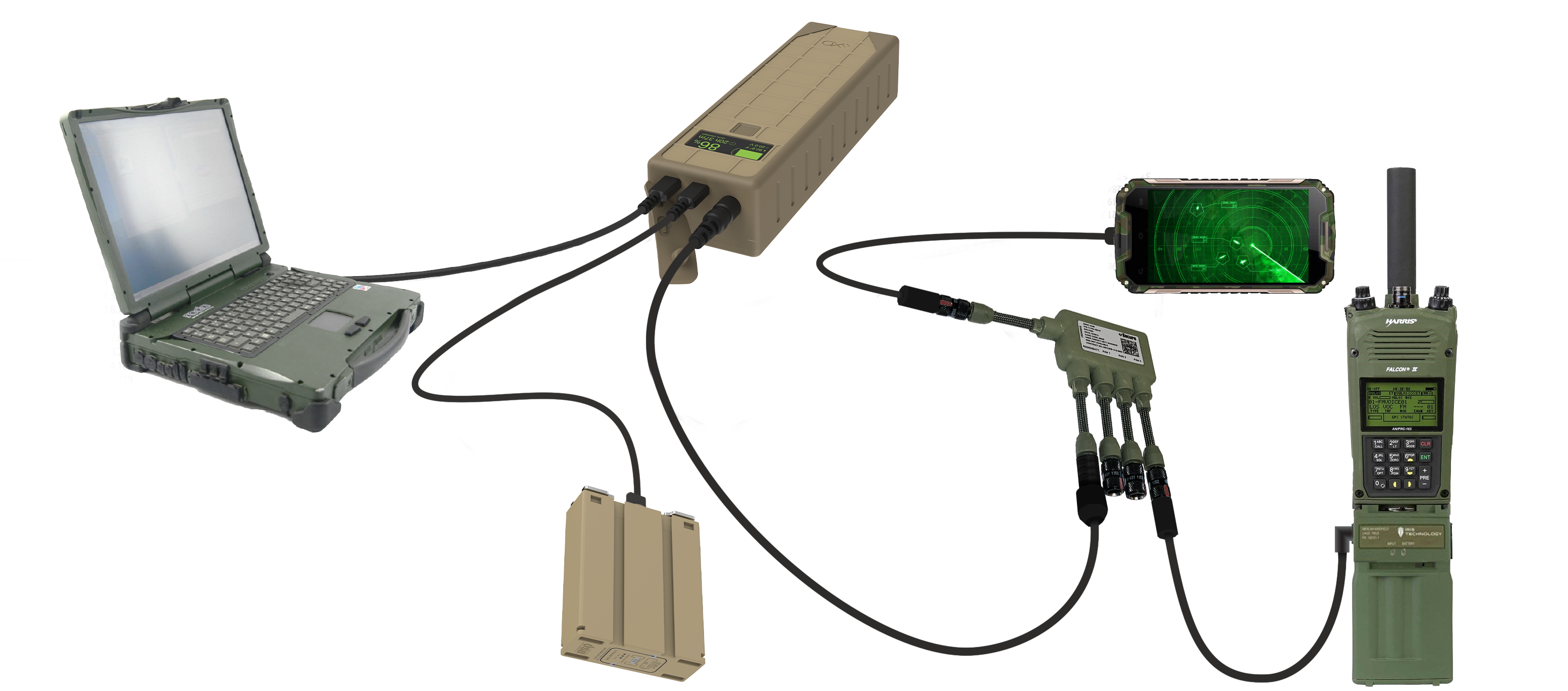
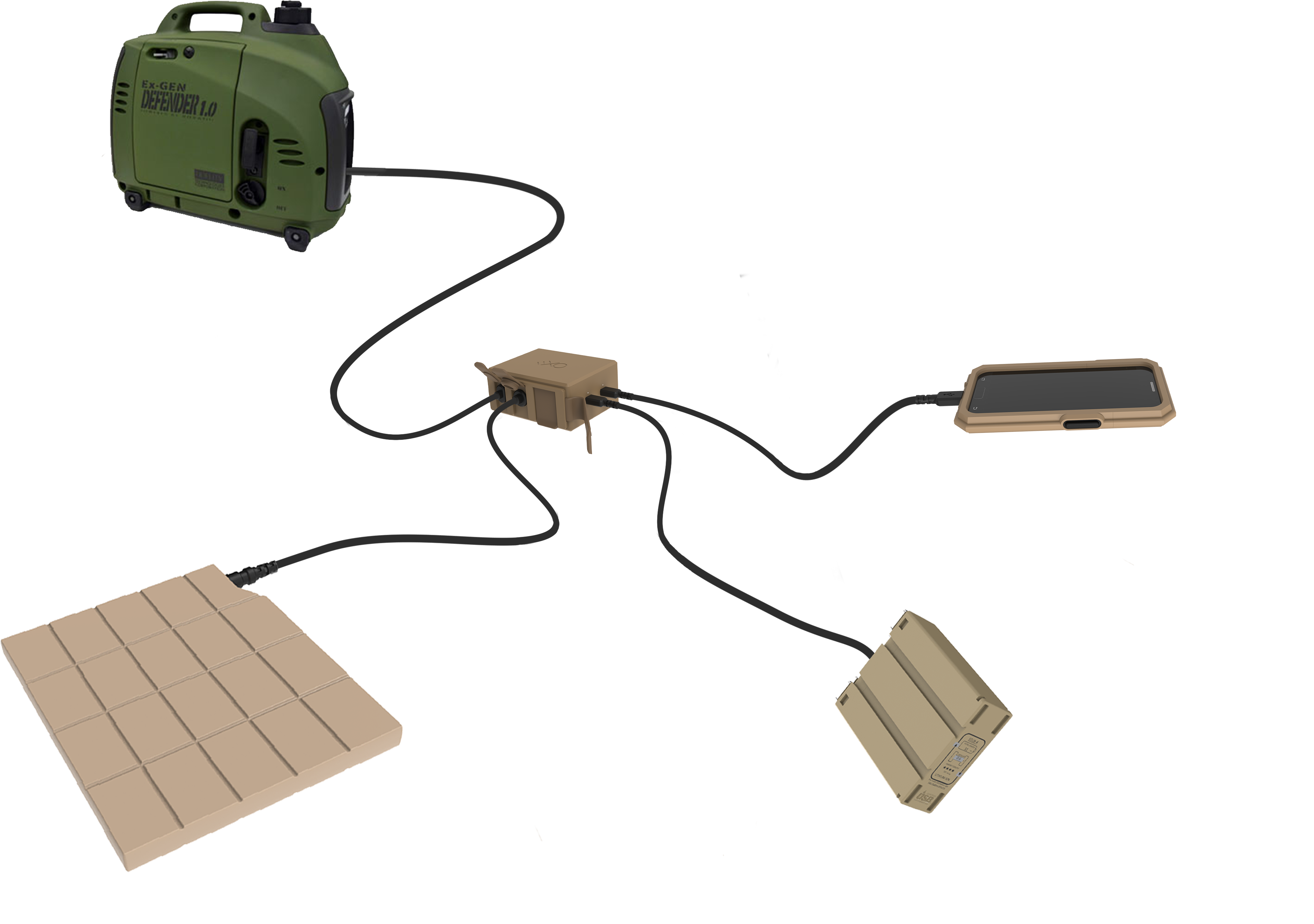

 “We set out to accomplish two primary goals with the FN 502 Tactical – to create a .22 LR pistol with the advanced features and superior accuracy of our current pistol line-up, and deliver a pistol designed for maximum fun on the range. We feel like we’ve met both of these objectives handily,” said Mark Cherpes, President and CEO for FN America, LLC. “When a customer shoots an FN 502 Tactical for the first time, we’ve seen nothing but pure excitement. FN’s new rimfire handgun has obvious, universal appeal, whether you’re a new shooter looking to master the basics or an advanced user expecting peak performance from FN. The new FN 502 Tactical performs on every level.”
“We set out to accomplish two primary goals with the FN 502 Tactical – to create a .22 LR pistol with the advanced features and superior accuracy of our current pistol line-up, and deliver a pistol designed for maximum fun on the range. We feel like we’ve met both of these objectives handily,” said Mark Cherpes, President and CEO for FN America, LLC. “When a customer shoots an FN 502 Tactical for the first time, we’ve seen nothing but pure excitement. FN’s new rimfire handgun has obvious, universal appeal, whether you’re a new shooter looking to master the basics or an advanced user expecting peak performance from FN. The new FN 502 Tactical performs on every level.” The smooth, single-action hammer-fired pistol with its best-in-class trigger combined with its high-capacity 15-round magazine, superior ergonomics, perfect balance and ambidextrous controls, all a nod to the FN 509® family of pistols, make the FN 502 Tactical perfect for high round count training sessions.
The smooth, single-action hammer-fired pistol with its best-in-class trigger combined with its high-capacity 15-round magazine, superior ergonomics, perfect balance and ambidextrous controls, all a nod to the FN 509® family of pistols, make the FN 502 Tactical perfect for high round count training sessions. Sporting FN’s signature Tactical feature set, the pistol’s 4.6-inch barrel with recessed target-crown is threaded 1/2×28-inch pitch to accept most .22 suppressors. The FN 502 Tactical performs like a robust-style target pistol, delivering fast, accurate rounds on target with more versatility than any other rimfire on the market.
Sporting FN’s signature Tactical feature set, the pistol’s 4.6-inch barrel with recessed target-crown is threaded 1/2×28-inch pitch to accept most .22 suppressors. The FN 502 Tactical performs like a robust-style target pistol, delivering fast, accurate rounds on target with more versatility than any other rimfire on the market.